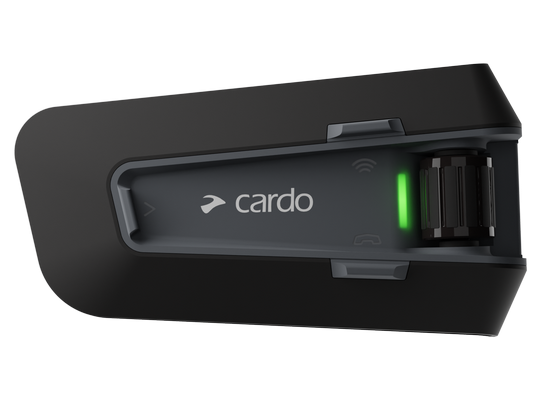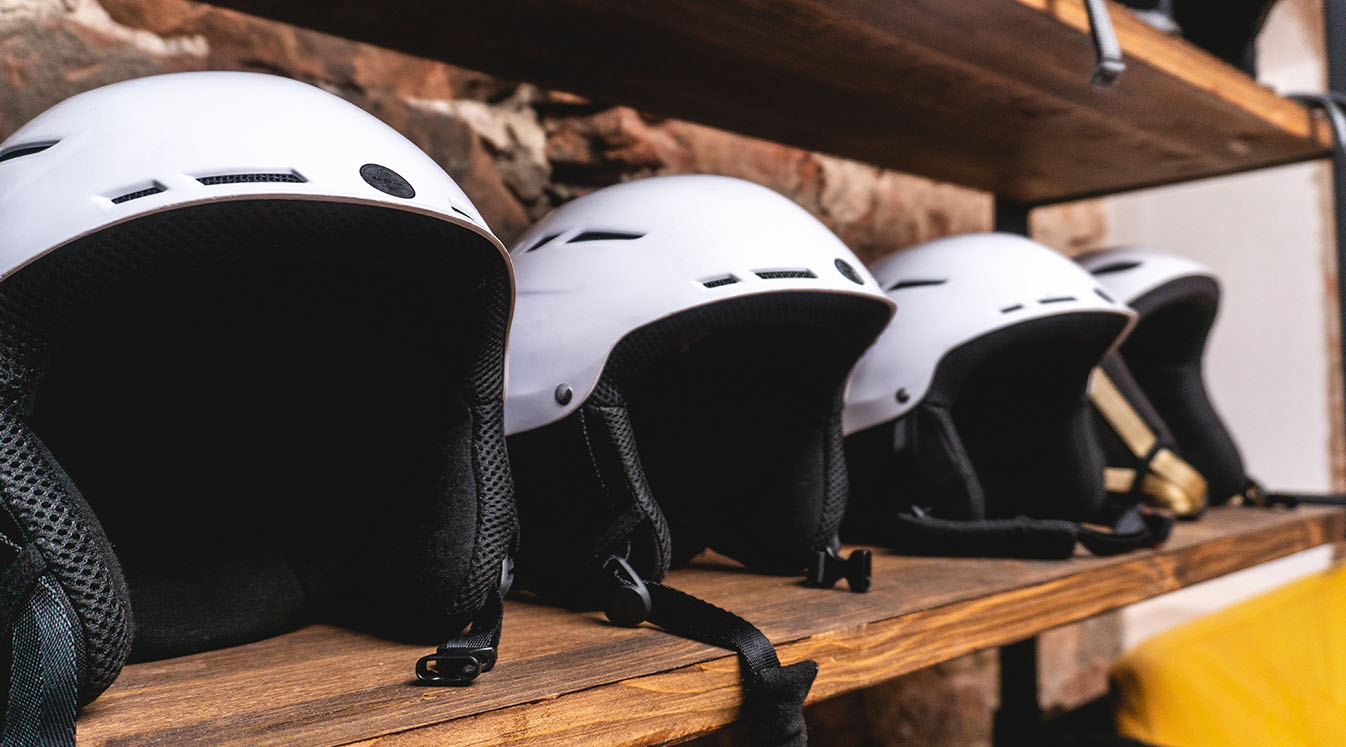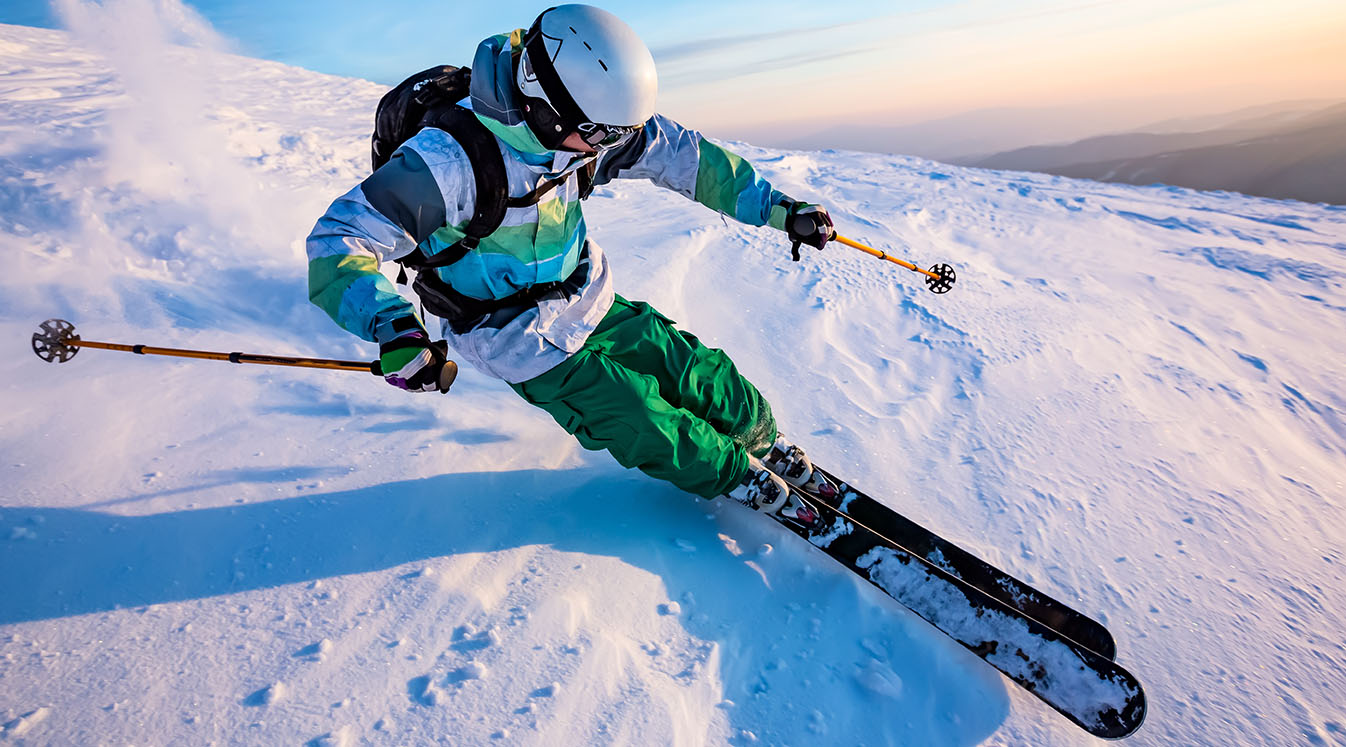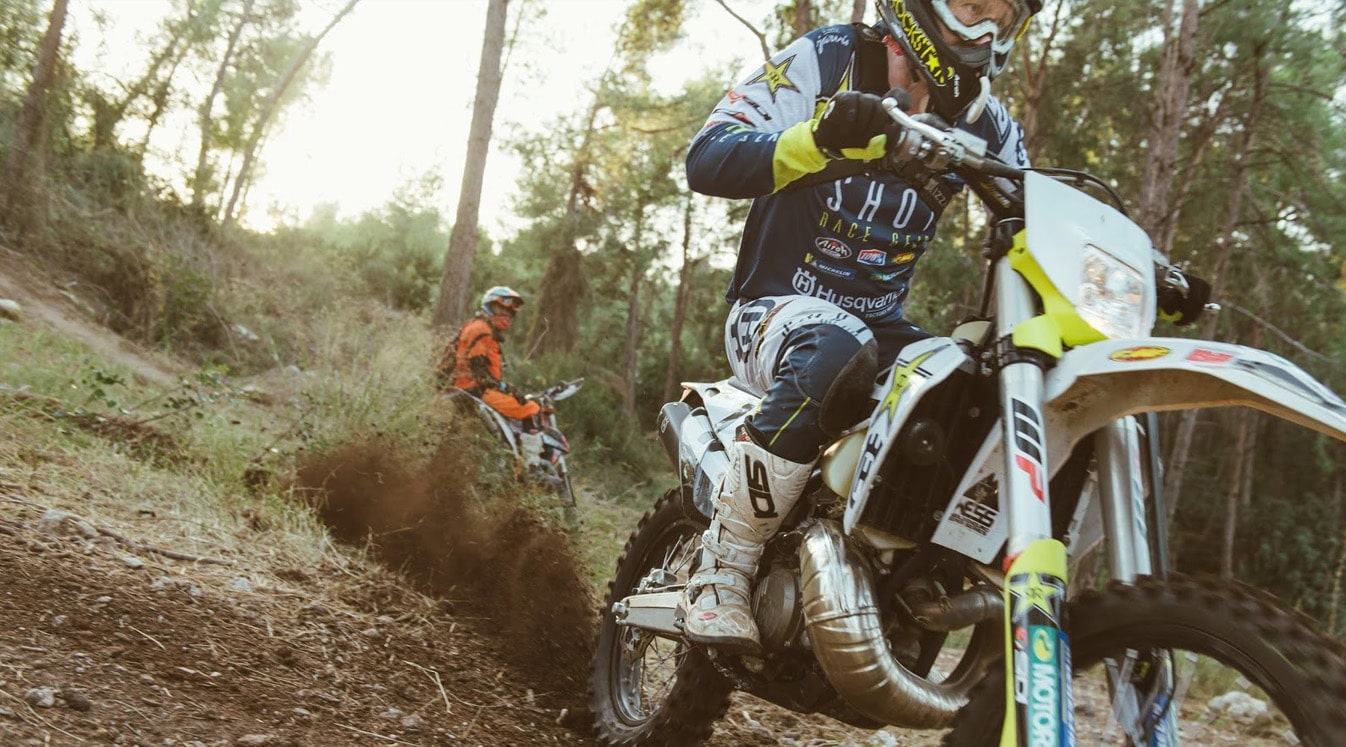From sizing to selecting the right attachments, use this guide to find the right ski helmet before you head out on the slopes.
Find the Right Snowboard Helmet Speakers for Your Helmet
Helmet Type
Let’s start by going over what goes into a ski helmet. Most come with a hard outer shell and a soft inner liner that compresses during impact. The shell is typically made of high-impact plastic that can take a beating in the event of a collision. The inner lining should be made of soft, shock-absorbing material, such as Styrofoam, that will cushion your head.
There are generally two types of ski helmets: in-mold helmets and injection mold helmets.
In-mold helmets tend to be much lighter than the alternative. The shell and inner lining are created using a single molding process.

Injection mold helmets are heavier because the shell and inner lining are separate. The shock-absorbing foam is bonded to the shell. Injection molded helmets are typically more durable than in-mold helmets.
Some helmets also come with detachable ear pads and liners for staying warm in the cold.
Sizing and Fit
To make sure the helmet fits, you’ll need to wrap a soft measuring tape around your head where it is the widest, usually just above the ears and one inch above the eyebrows.
If you’re already in the store, you may not have to measure your head. Just try on different sizes to find the one that fits the best. Some helmets come with rotating dials in the back that you can adjust based on the size of your head to help fill in the gaps between sizes.
Use a Skiing Communication Device to Stay in Touch on the Trail
Remember that sizes will vary from brand to brand. Don’t assume one size will be the same when choosing a different manufacturer.
The helmet shouldn’t sit too high or low on your head. It should come down to where you measured your head without touching the back of your neck. Your forehead should be fully covered.
The straps should be easy to adjust. Make sure the chin strap fits squarely under your chin without being too loose or snug. Try yawning in the mirror with the straps attached. The helmet should pull down on your head. If not, readjust accordingly.
Try on your goggles with the helmet attached. The helmet should push your goggles down on your face. They should be flush against each other for a tighter fit.
Accessories and Bluetooth Communication
A helmet can be so much more than just safety equipment. You can use it to mount all kinds of gear to your head, including an action camera for recording your trips, music player, visor for blocking the sun and liners for staying warm. If you plan on using any of these accessories, find the product in question and make sure it is compatible with your chosen helmet.

You should also make sure your helmet is compatible with a skiing communication device. You should be able to install snowboard helmet speakers without changing how it fits. This lets you access your phone or GPS while skiing without using your hands. You can call for help in an emergency, coordinate with up to 15 different skiers and check directions on the map.
Shop for Bluetooth Ski Helmet Speakers
You will be able to enjoy the trip without worrying about not having access to your phone. If anything goes wrong, you can quickly radio for help without taking your eyes off the trail.
A helmet just might save your life in an accident. Use Bluetooth ski helmet speakers to stay connected to your loved ones and the local authorities. You never know when you might have to call for help. Keep this information in mind to stay safe on the slopes.
Image credits:
Tkachev Dmitry/shutterstock.com
Rido/shutterstock.com
S_Photo/shutterstock.com









